Practical Ways to the Best Garden Renovation
The pandemic lockdown was the impetus for our garden renovation. Despite the rosy outlook last summer, I wanted a little outdoor haven as insurance that I would always have a place to see the grandkids and entertain friends.
Everyone else seems to have had the same idea. It took more than a year to make our dream a reality due to the monumental demand for landscaping services. Nurseries were also inundated, impacting plant quality.
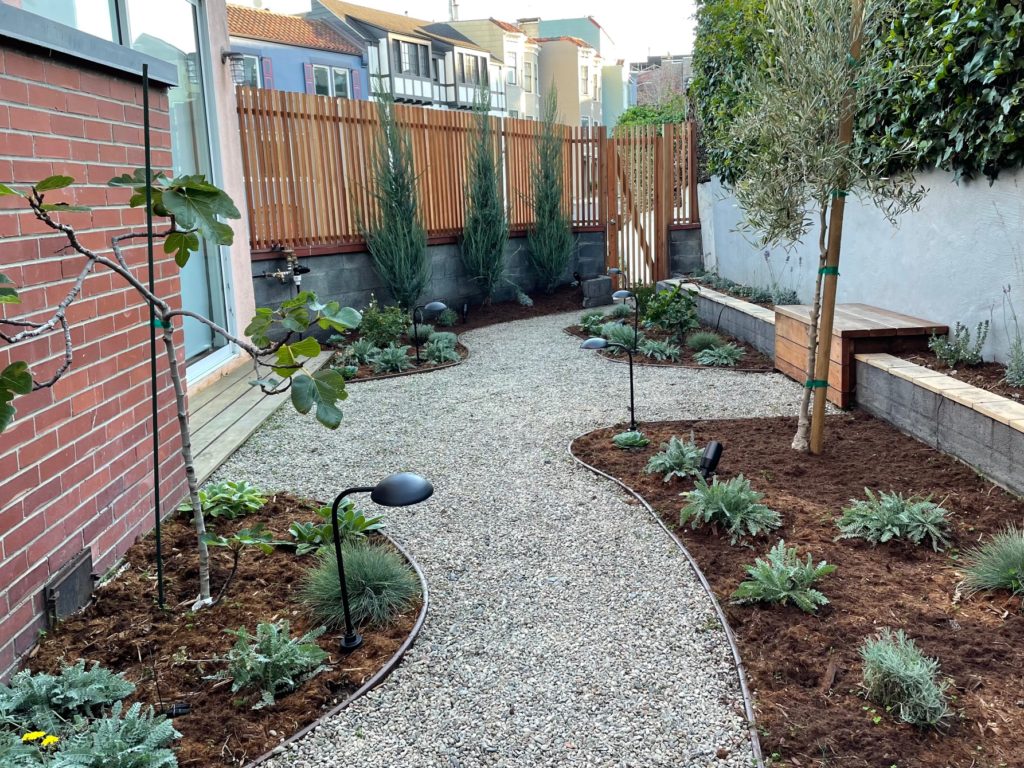
Our Dream Garden
Living in a city, we are thankful to have any kind of yard–no matter how small. However, with years of drought, our outdoor space had been sorely neglected.
We wanted to transform our little yard into a Provençal garden, specifically featuring olive, lemon, fig, and cypress trees; as well as lavender and herbs, and with pea gravel to replace the grass.
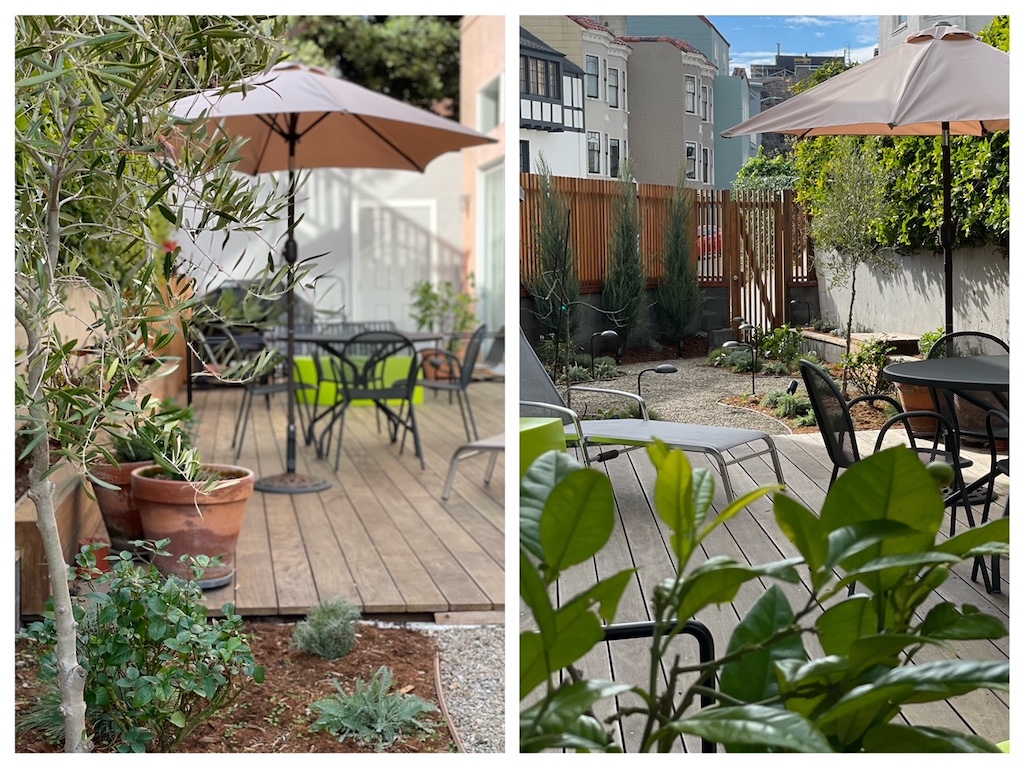
We’ve spent many vacations in Provence, my happy place. Since we were still hesitant to travel, we decided we would bring a touch of Provence to us. The characteristic plants of the region also happen to be ideally suited to our area’s drought conditions.
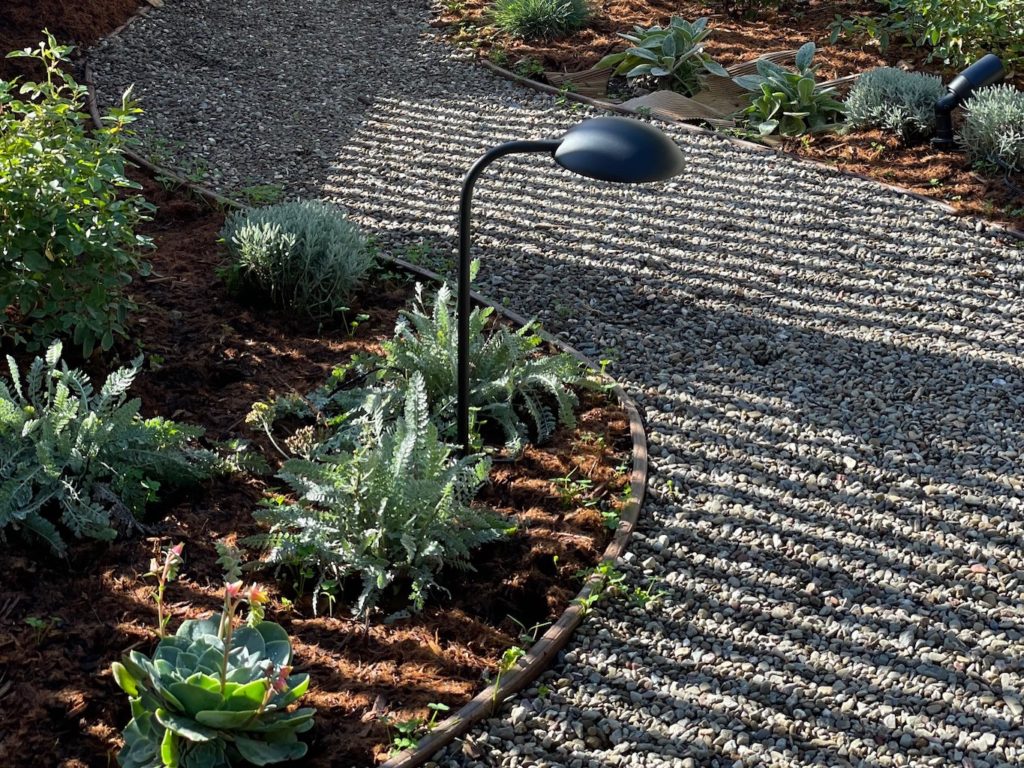
In addition to the garden installation, we wanted a solution to issues surrounding our low front wall to address our desire for privacy and security without blocking sunlight.
The resulting garden by Janet Moyer Landscaping captured all the elements we were after, scaled to the size of our space: three columnar skyrocket junipers to give the look of cypress trees, an olive tree, fig tree and lemon tree, and a meandering pea gravel path, bordered by Mediterranean plants.
A redwood fence was built over the existing wall to satisfy our practical requirements for privacy and security while providing a natural backdrop for the garden. The wooden slats cast lovely striped shadows in the morning light.
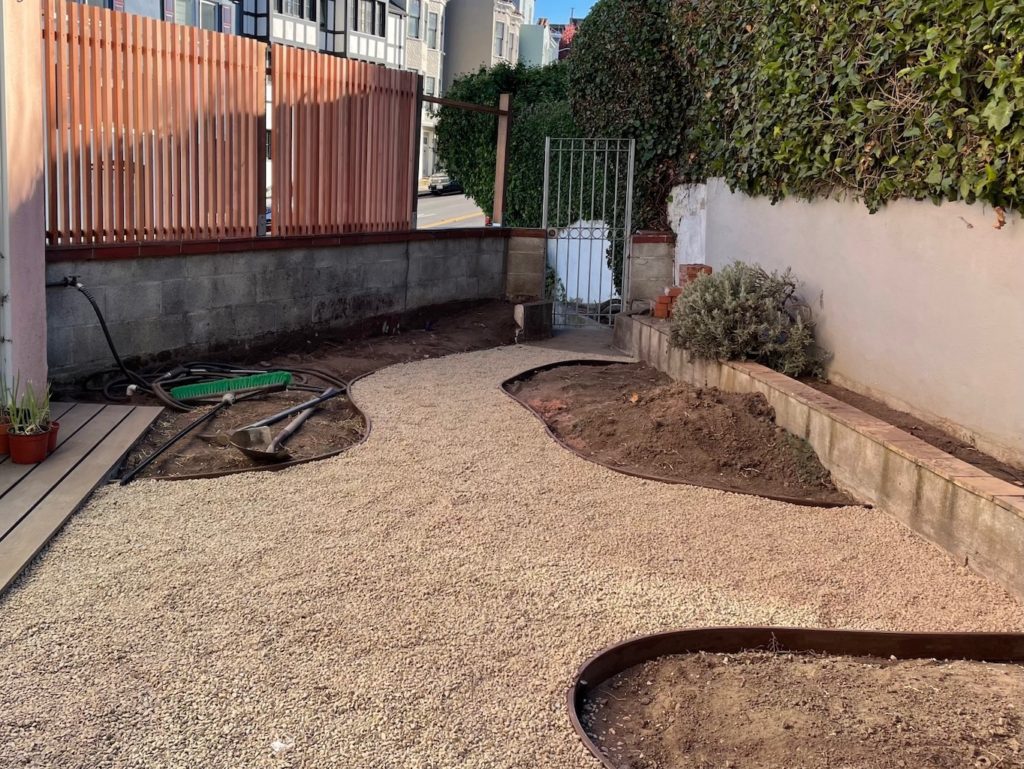
Meet Landscape Designer Joe Couture
If you are digging out of snow right now, a garden renovation may not be top-of-mind. However, as the weather warms up, you’ll want to have plans for your garden ready, to beat the rush.
Not everyone will be hiring a professional to do the work, so I asked our landscape designer, Joe Couture, VP, Head of Design and Installation at Janet Moyer Landscaping, for some garden renovation tips.
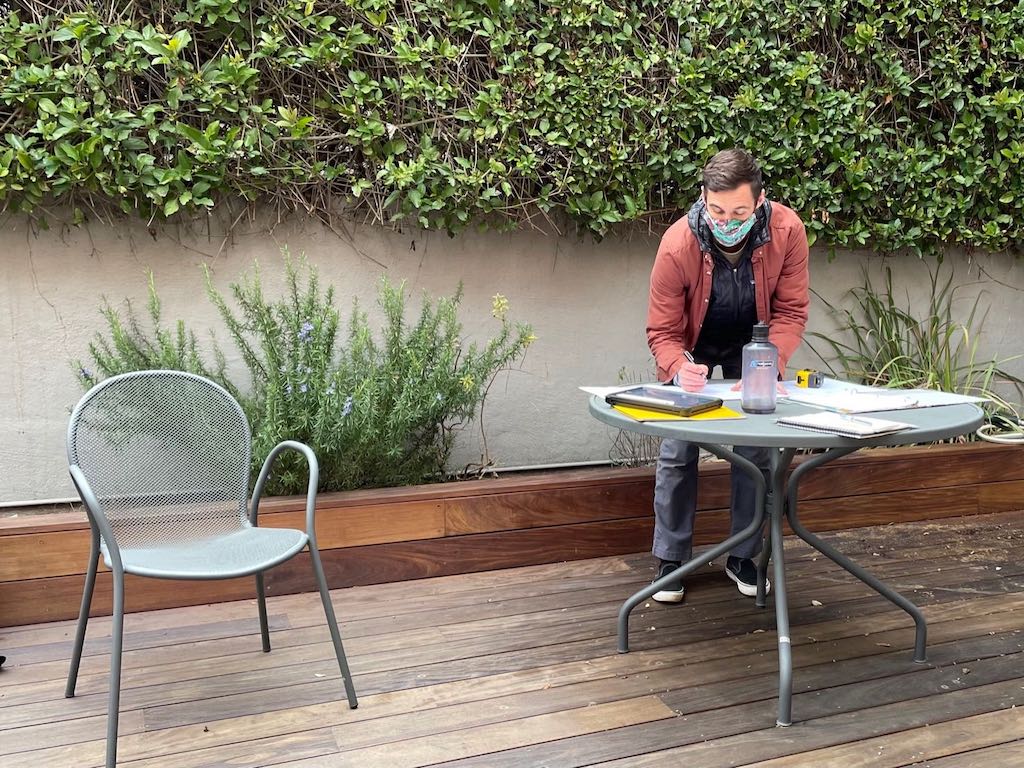
Joe studied architecture as an undergraduate at the University of Massachusetts Amherst. He became interested in permaculture, explained by the university as “…a design system for creating ecological and edible landscapes, low-impact buildings, and sustainable communities and economies.”
Joe discovered that he liked working with a plant palette, rather than the rigid elements of an architectural palette. He also found the shorter time from conception to completion of a landscaping project more appealing. “I found satisfaction in seeing a design come to life,” he says. “It’s a living, breathing palette of shapes and colors that changes with the seasons.”

Garden Renovation Tip #1: Know Yourself
If you want to landscape a garden, start by understanding yourself, your needs, and examining your lifestyle, Joe advises.
“What in a garden makes you happy? What is going to draw you into the space? For some, it’s a space for kids to run around and play. For others, it might be a cozy little corner to read a book. Form follows function.
“Next, rid yourself of preconceptions based on how the space is currently being used,” he says. “Dream big. What could this space be? What would love to have? Boil down these ideas into the essence of what you enjoy. You can take elements of those ideas and manifest it in something more workable for your budget,” he explained.
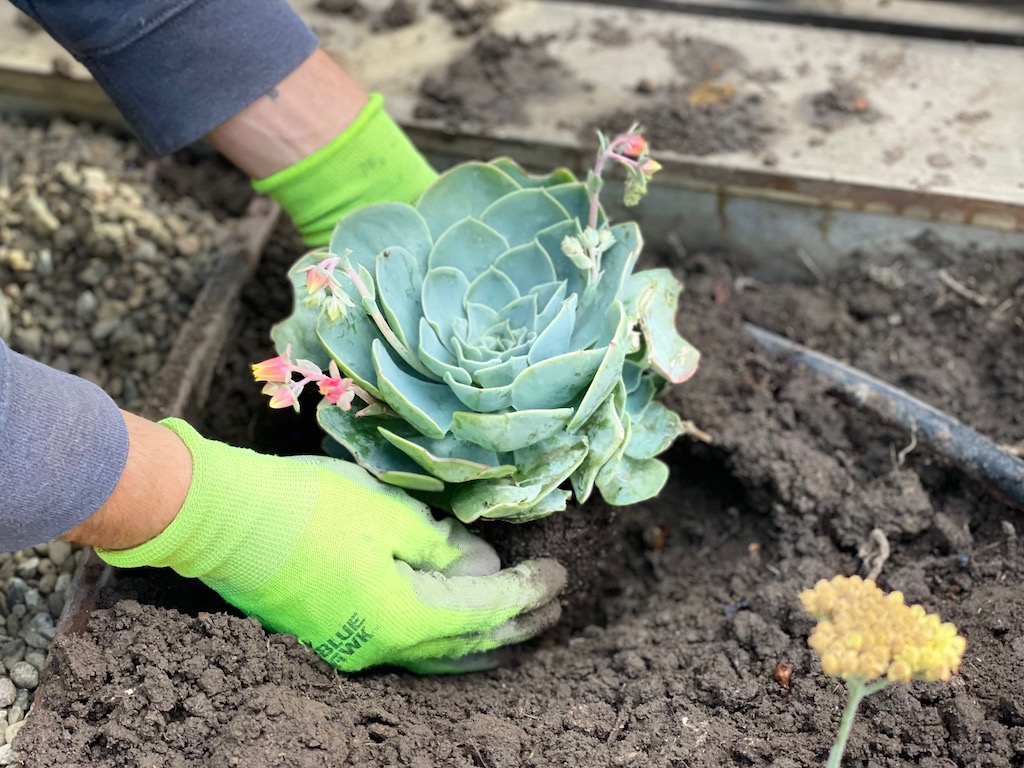
Garden Renovation Tip #2: Look for Inspiration
If you don’t have a design background, look for pictures of gardens to find inspiration, This will help you to winnow down what you like or don’t like. Try to figure out why you are reacting the way you are to the images. You can develop miniature critiques, Joe says.
“You want to start at a dreamy, conceptual phase. Don’t limit yourself by what you think is possible. That will put you in a rut.”
Then consider: what is your space like and what can work? How do you find uniqueness in your garden or design in that space?
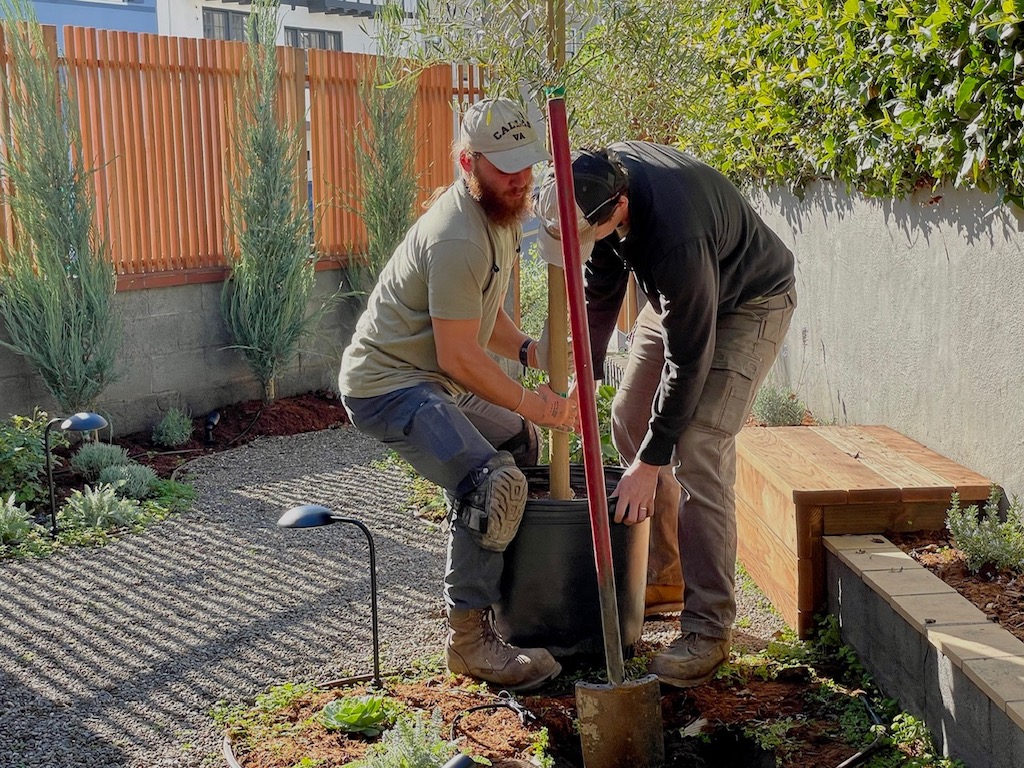
Garden Renovation Tip #3: Small Changes
For starters, explore small ways to enhance your garden. Joe suggests you try these simple ideas:
- Go to nursery and pick a plant you like, talk to someone at nursery to learn more about the plant. Now bring it home and put it in your space. This is your own little investment for your garden.
- First, plant your plant in a pot; then you can relocate it, as you find the right place for it. Invest in fresh herbs; everyone enjoys having fresh herbs and it will draw you out into the garden.
- Consider introducing artwork. Garden sculptures or DIY projects like tiling a small area can make a garden more interesting and personal.
- Think of using your space in new ways. Rearrange the furniture.
- Invite a friend over to give you fresh perspective on your garden.
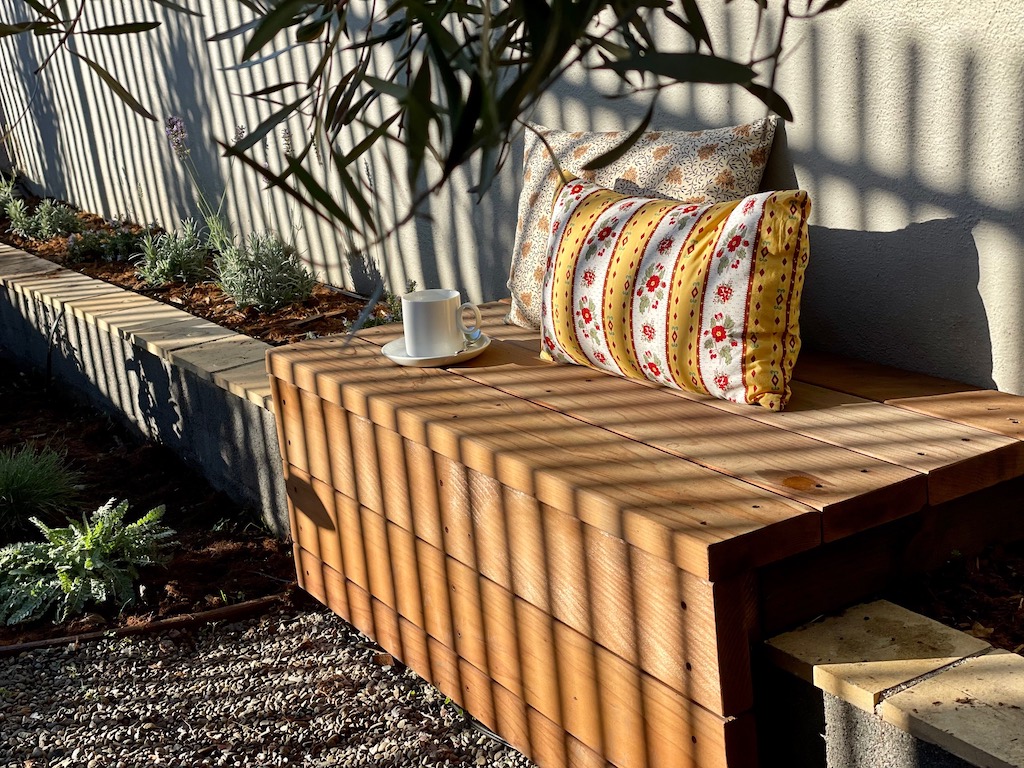
Garden Renovation Tip #4: Benefits of a Landscape Designer
Joe says a professional landscape designer will have experience with plants in various microclimates. They’ll know what works and what doesn’t, and what it will take to make more challenging situations work.
A good landscape designer provides context–an understanding of ecological considerations and an awareness of the living things that inhabit the space, such as birds and insects. From experience, they develop an innate sense that informs how to make decisions that feel right for each individual garden.
Additionally, the designer has a toolbox of different elements of garden design in the back of the mind, understanding each individual plant and how the colors and textures compliment or contrast with each other.
A good landscape designer understands that some perceived limitations can be overcome. For example, irrigation systems using drip emitters can be customized for each individual plant. This means that plants that have their own distinctly different watering needs can coexist side-by-side, within the same garden, opening up a world of design possibilities.
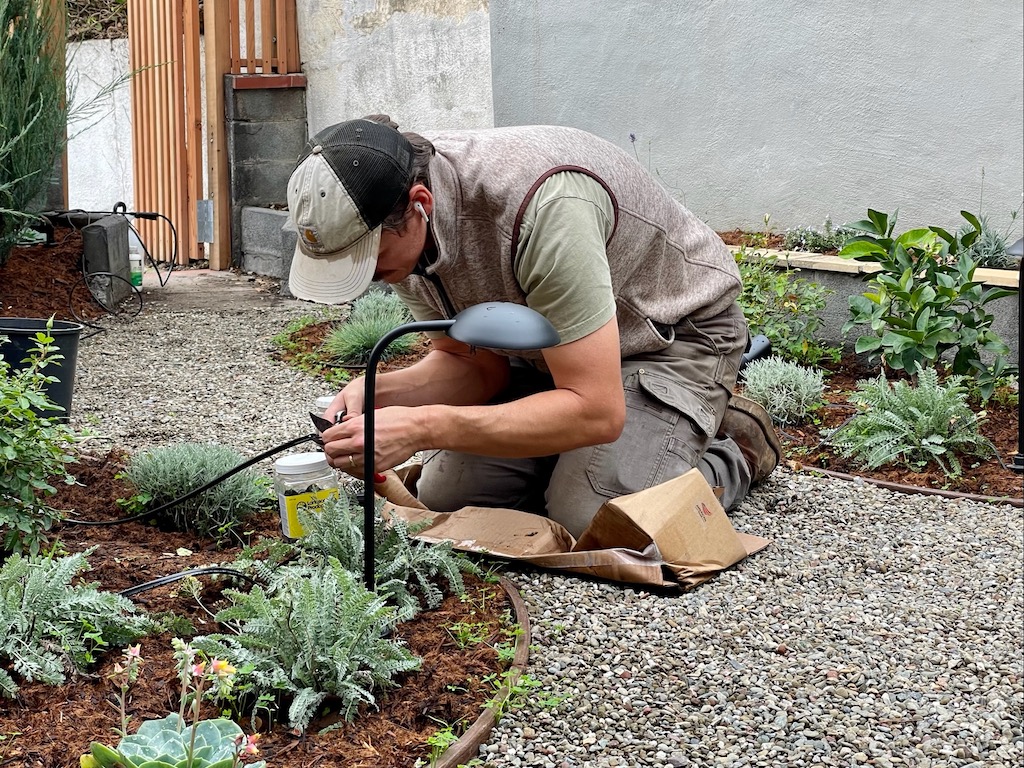
Garden Renovation Tip #5: How to Choose a Landscape Designer
“I’m an advocate of the design-build landscaper,” Joe says. What this means is, instead of using an independent design firm to design the project, who then recommends a contractor to work separately with you to quote the construction cost, a design-build landscaper both designs and builds your project.
“The design-build firm is accountable for how much the project going to cost. It helps the client to better understand what they are getting into and provides a sense of security that out-of-pocket costs for the project will not spin out of control,” he explains.
“As a builder, you get a different sense of how things play out , translating from paper to reality. You have a better understanding of how things fit together.”
He explains that, in a design-build situation, if adjustments to the construction need to be made along the way, the landscaper will know where they can cut from the design to add more somewhere else.
Finally, “a good landscape designer is always listening to the clients; you want to build the vision together, keeping in mind the limitations of space, budget, and other issues,” Joe says.
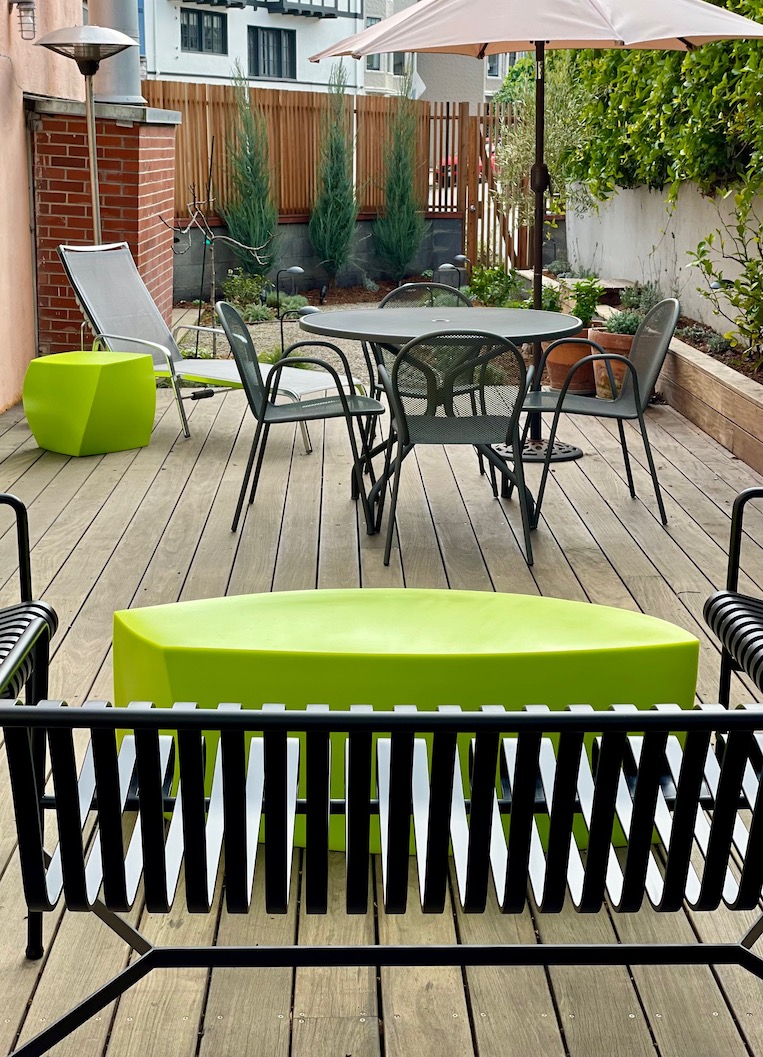
Garden Renovation Tip #6: The Client’s Perspective
Our completed garden is a joy. Where I hardly went into the garden before, now every morning, I visit the plants. I sit at the bench and bask in the warming morning sun. It’s life-changing.
To be happy with your garden renovation, you need to give the designer a clear picture of what you are envisioning, then step back to give the designer free rein to create the plan.
I could not have designed this garden of my dreams, but I could give Joe enough input so he could.
Garden Renovation Tip #7: How to Communicate with your Designer
I looked back on the original folder that I had prepared for Joe. I had included:
- A list of our design needs/wants/challenges, including the “must-haves” and “nice-to-haves”
- Photos of our garden “before,” for reference
- Photos that represented the look and feel we were after, with commentary about why those particular designs appealed
- A link to Pinterest, where I had pinned additional garden design ideas
Joe likes to communicate by email, which is a good thing. I kept a binder of all our email correspondence, so we could go back on changes made after our contract was signed, so there was no ambiguity on instructions or additional costs.
Finally, having spent decades in my career working with graphic designers, stylists, and photographers, I asked to see rough ideas before being presented with the final design options. It’s better to have input on the roughs when the designs are still fluid, then responding to tight designs later.
The weather is still too chilly for outdoor entertaining, but I can hardly wait for spring to invite friends, family, and neighbors to our new happy space.
.
Don’t forget to sign up for my email newsletter. Every Wednesday, I’ll give you a new idea for an activity or insight to nurture the little ones in your life. Come visit!
Hi Sandy, thank you for this inspirational account of your garden makeover.
You have created such a peaceful, practical space for the whole family.
It is so wonderful to read and be motivated by the detailed process of making a garden.
Nina
Thank you for your kind words, Nina. I’ve learned so much from the process and was eager to share what I learned. 🙂